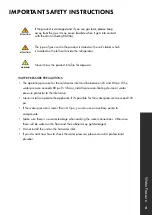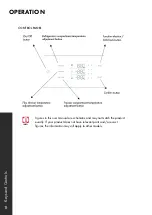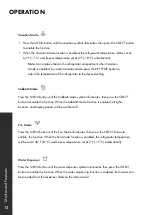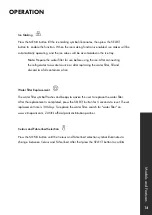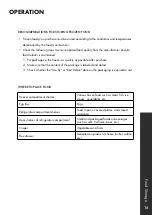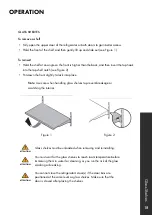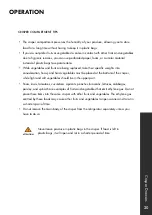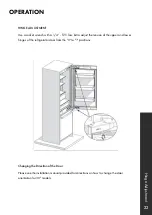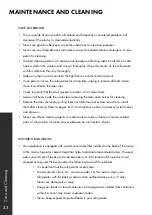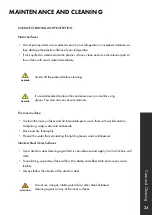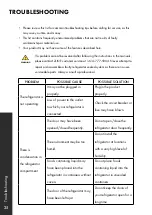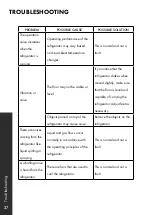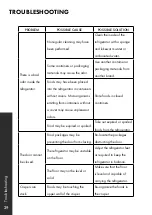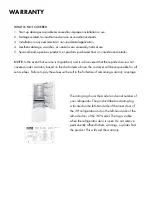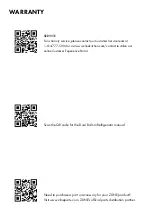
CRISPER COMPARTMENT TIPS
• The crisper compartment preserves the humidity of your produce, allowing you to store
food for a long time without having to keep it in plastic bags.
• If you do not prefer fruits or vegetables to come in contact with other fruits and vegetables
due to hygienic reasons, you can use perforated paper, foam, or a similar material
instead of plastic bags to separate items.
• While vegetables and fruits are being replaced, take their specific weights into
consideration; heavy and hard vegetables must be placed at the bottom of the crisper,
while light and soft vegetables should be in the upper part.
• Pears, kiwis, tomatoes, cucumbers, apricots, peaches, broccolis, lettuces, cabbages,
parsley, and spinach are examples of fruits and vegetables that emit ethylene gas. Do not
place these items into the same crisper with other fruits and vegetables. The ethylene gas
emitted by these foods may cause other fruits and vegetables to ripen sooner and to rot in
a shorter span of time.
• Do not remove the main body of the crisper from the refrigerator separately unless you
have to do so.
20
Crisper Dr
awer
s
OPERATION
ATTENTION
Never leave produce in plastic bags in the crisper. If food is left in
plastic bags, it will ripen and rot in a shorter period of time.

